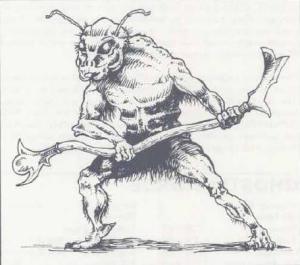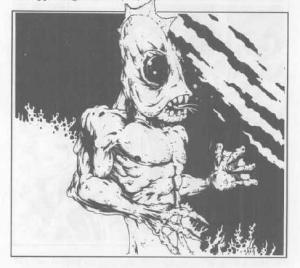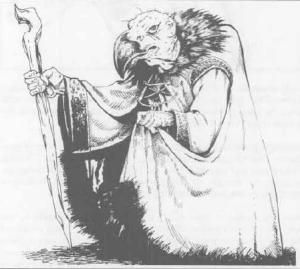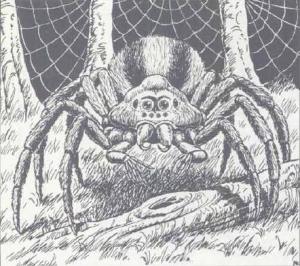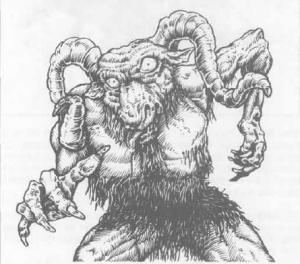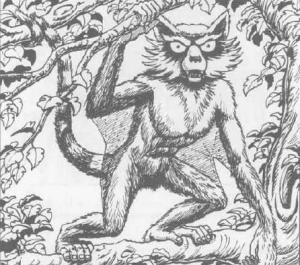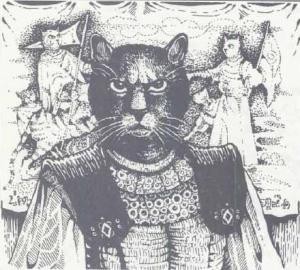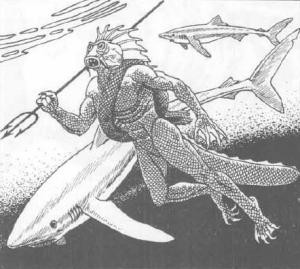Back in the 70s, Advanced Dungeons & Dragons established the tradition of presenting the primary rules of the game in the form of the Player’s Handbook, Dungeon Master’s Guide, and Monster Manual, which is still continued to this day. Both by the official D&D brand and a large number of OGL games based on it. (The first game from 1974 also had three small books, but they were divided up differently and were sold as a single box set.) At the same time, the original Dungeons & Dragons got a new edition as well, released as the Basic Set in anticipation that there would be more sets to follow later on. The Expert Set followed four years later in 1981 (at the same time as a third edition of the Basic game), and from 1983 onward came the Companion, Master, and Immortals Sets set one year appart (with a fourth edition of the Basic Set). Each set added more character levels, spells for these higher levels, and also new monster. This was the same approach that was used for the first edition of the Dragon Age RPG a few years ago (though it now gets a second Editon where everything is in a single hardcover book).
I got the 1983 Basic and Expert Sets, as well as the 1991 Rules Cyclopedia, which contains most of the content from all five BECMI sets. Mostly the monsters are classic D&D critters like orcs, goblins, owlbears, rust monsters, gelatinous cubes, and so on. But there are also a couple of monsters that never made it into the AD&D line or were picked up by 3rd, 4th, and 5th edition (though there was one Mystara Monstrous Compendium for AD&D 2nd Edition), which are the ones I’ll be covering here.
Basic Set
Oh, right off to a good start: BECMI can rightfully be considered the Dad Joke edition of Dungeons & Dragons. Some people on the time really had a great fondness for them. The largest of the giant spiders in the Basic Set is the Tarantella. Maybe you are like me and think “Don’t you mean tarantula? Isn’t tarantella some kind of dance?” And yes, it is. The tarantella is a giant tarantula that has a special poison that does not kill but instead causes the victim to start dancing. It’s a magical poison and everyone who sees a poisoned person dancing must make a saving throw or also start to dance. After about an hour of dancing, they will collapse from exhaustion. *groan*
According to legend, the Thoul was inspired by a typo. The creature that was made from it is a magical crossbreed of a troll, a ghoul, and a hobgoblin. A thoul looks almost exactly like a hobgoblin, but has a paralyzing touch like a ghoul and regenreates 1 hit point every round like a troll. They are not terribly strong, but for 1st and 2nd level characters they might actually be quite mean and a lot more challenging than a regular hobgoblin. Nice boss for a 1st level dungeon crawl, I would say.
Expert Set
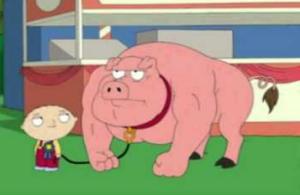
The Devil Swine is a special type of lycanthrope. It can change shape freely during the night, but stays in whichever form it had last taken during the day. It prefers to eat human flesh and at 9 HD is a really mean beast, much more dangerous than even werebears or weretigers. As a special ability, a devil swine can cast charm person three times per day and often is accompanied by a few human minions. Lawrence Schick confirmed to me that the devil swine is indeed based on the swine things from the novel The House on the Borderland which he and Tom Moldvay quite loved. And whose title should also sound quite familiar to long time D&D fans.
Not a new monster, but I think it’s interesting that the types of giants in the Expert Set are the same ones as in the 3rd Edition Monster Manual, while the Monstrous Manual of AD&D, on which the 3rd edition is primarily based, has a lot more varieties that never really made much of an appearance in the later editions. Continue reading “Fantasy Safari: More BECMI creatures”

